Faces of Memory: African Art Beneath the Cellar - Part 2
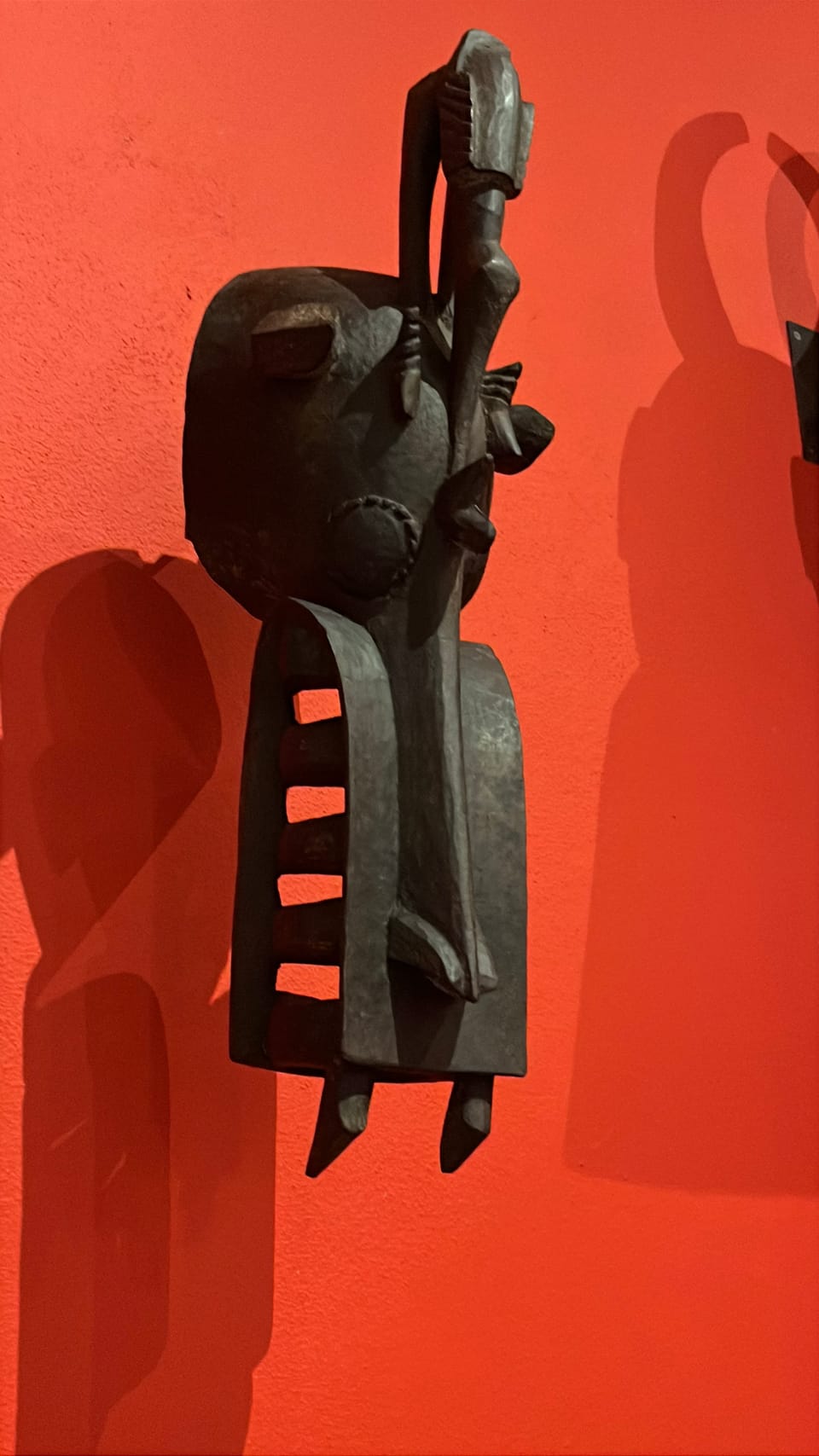
When you step further into the Aliança Underground Museum, the air shifts. The first rooms feel like an eclectic collector’s chest — minerals, fossils, ceramics. But when you turn into the African section, there’s a presence in the air, heavier, older, harder to describe. These are indeed “artworks of history.” They are fragments of memory, belief systems, and cosmologies that once carried entire peoples and their daily lives.
The irony is that they now rest silently in Portugal, far away from the communities that created them. Most sit without a label or description. They are mute, yet they still speak if you pause long enough. I will do my best to give them some voice here.
1. Bura-Asinda-Sika Terracotta Figures
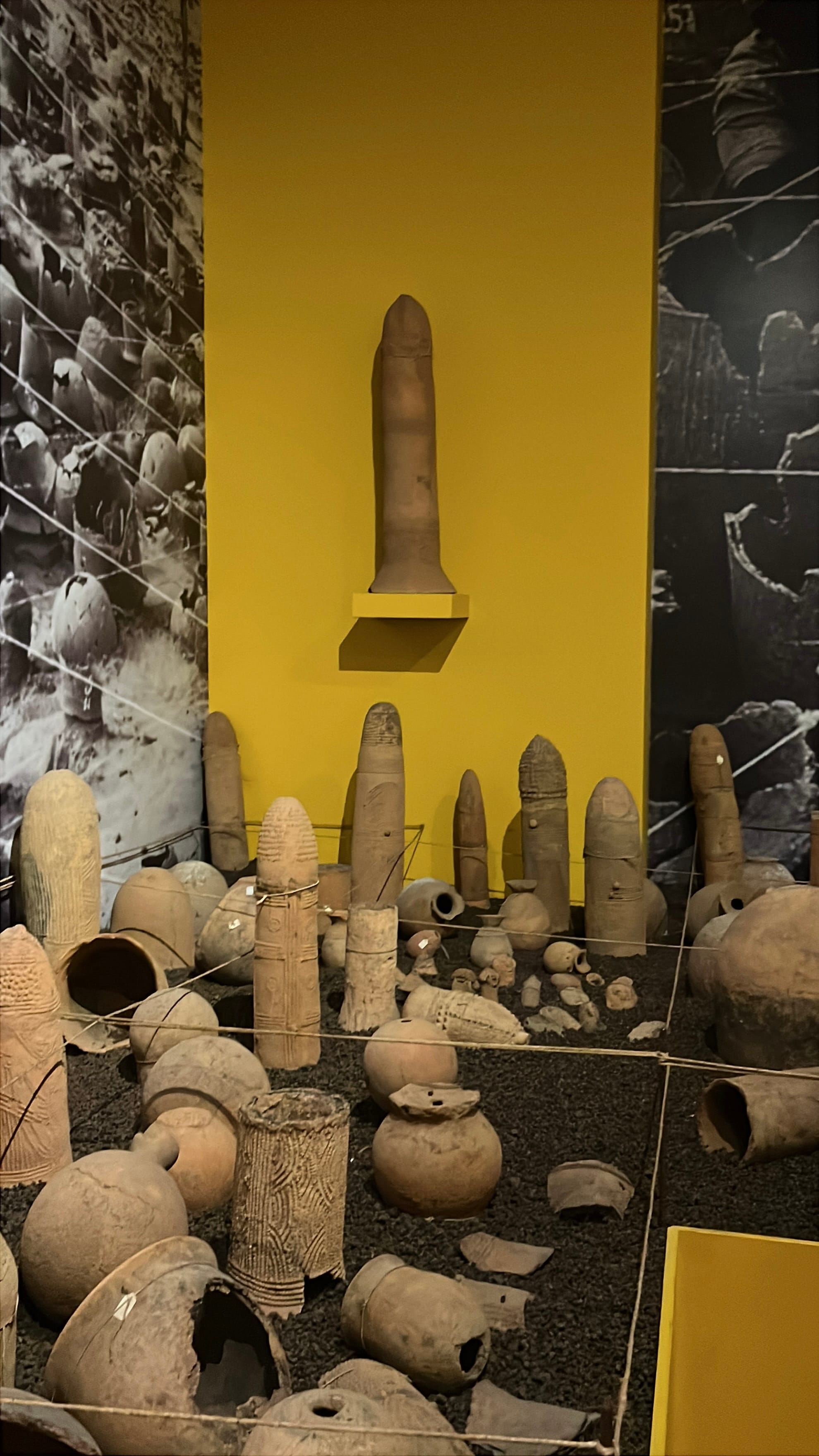
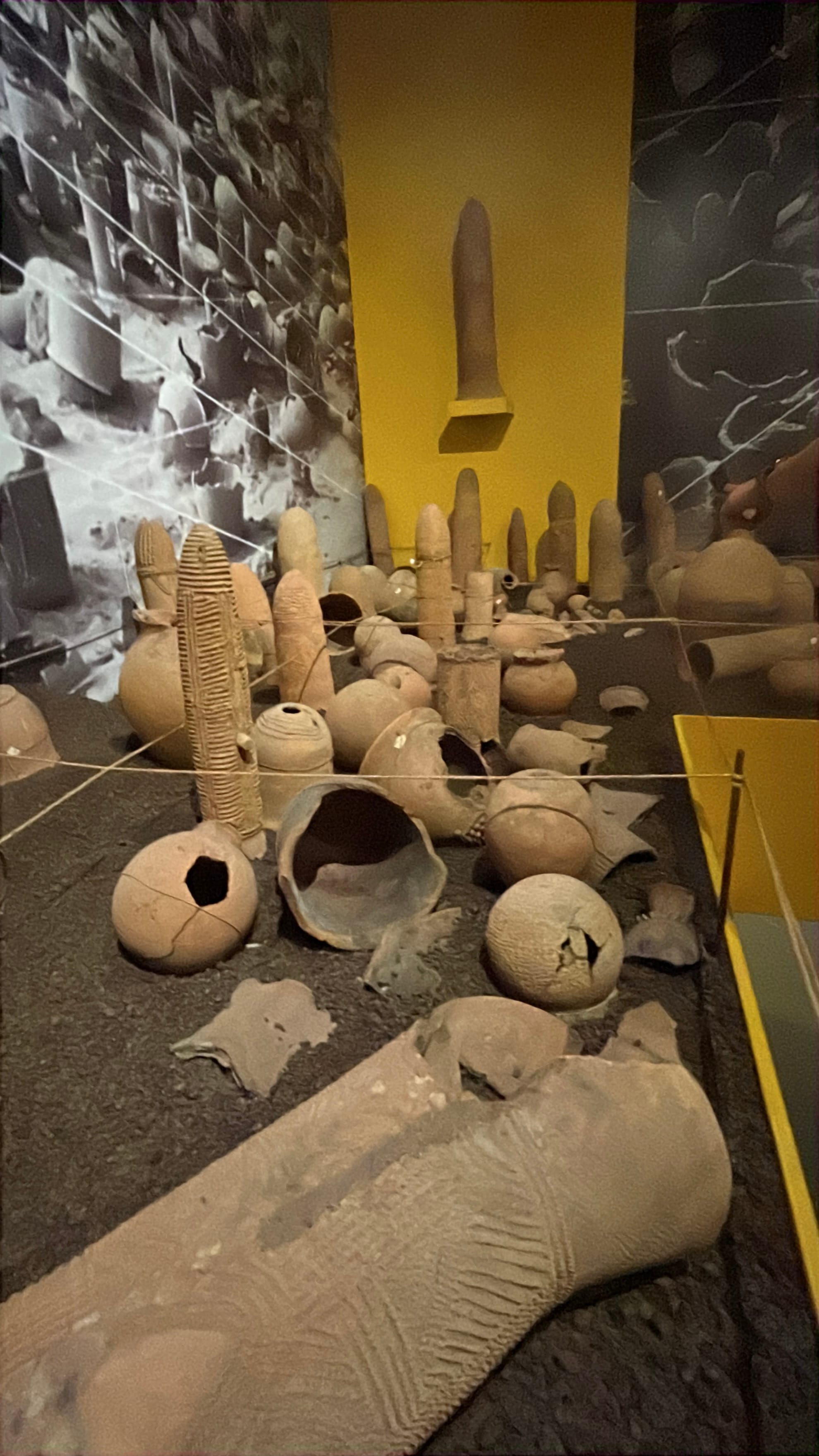
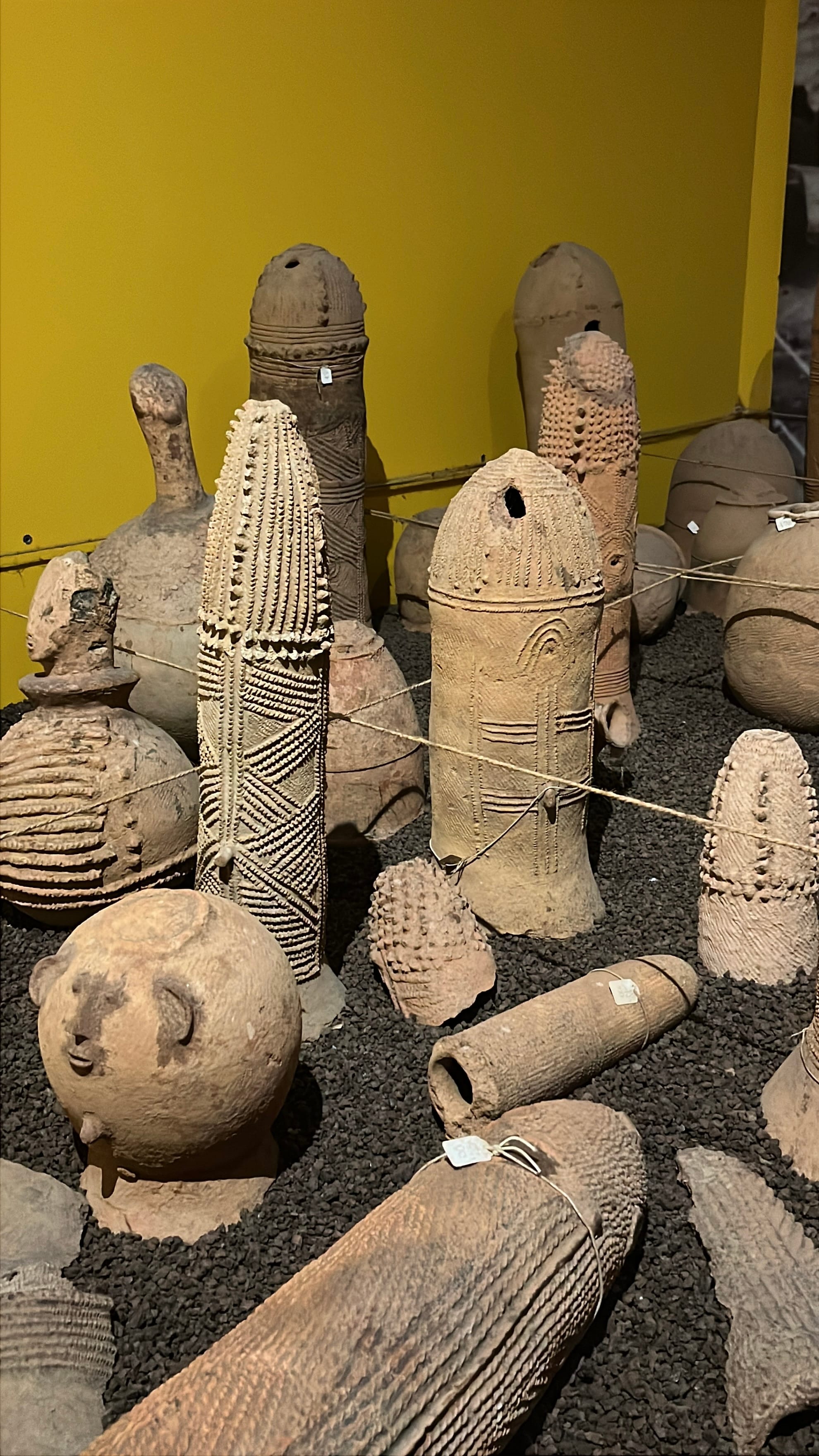
The phallic towers were men's burial stones, and the round ones women's. Photo by Elliott Paige
Standing in rows, with their cylindrical bodies and phallic towers, these figures come from the ancient Bura-Asinda-Sika culture of Niger. Archaeologists date them back over 1,500 years. They were funerary markers, buried over graves to accompany the dead into the afterlife.
To see them here, under soft museum light, is unsettling. In Niger, they were meant to dissolve into the earth, to fuse with the ancestors. Here, they remain frozen, detached from their burial grounds. But the message is still clear: the Bura people believed death was not an end, but a continuation. The figures guard that passage — even now, even in Portugal.
2. Double-Crested Bamana Mask, Mali
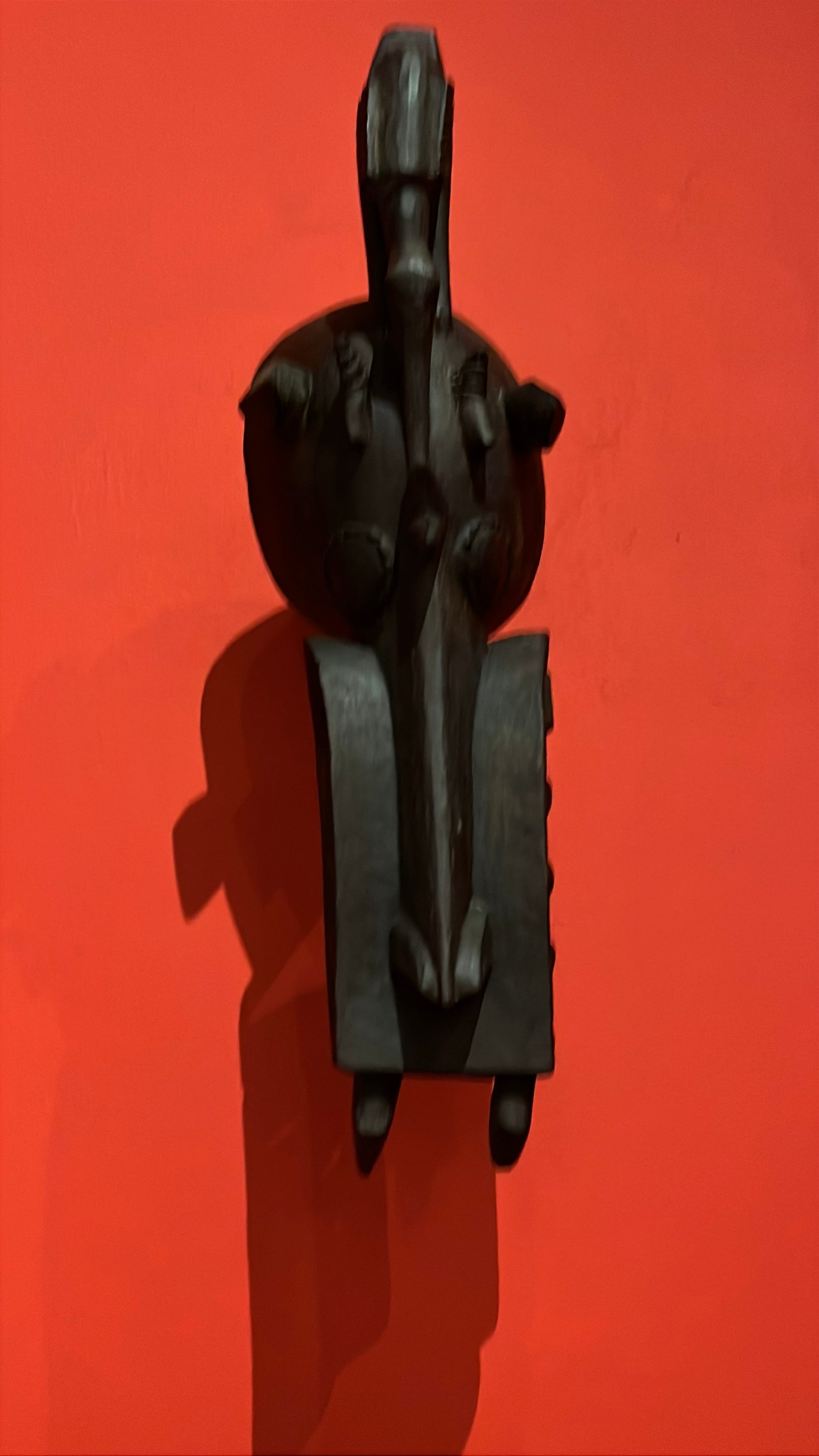
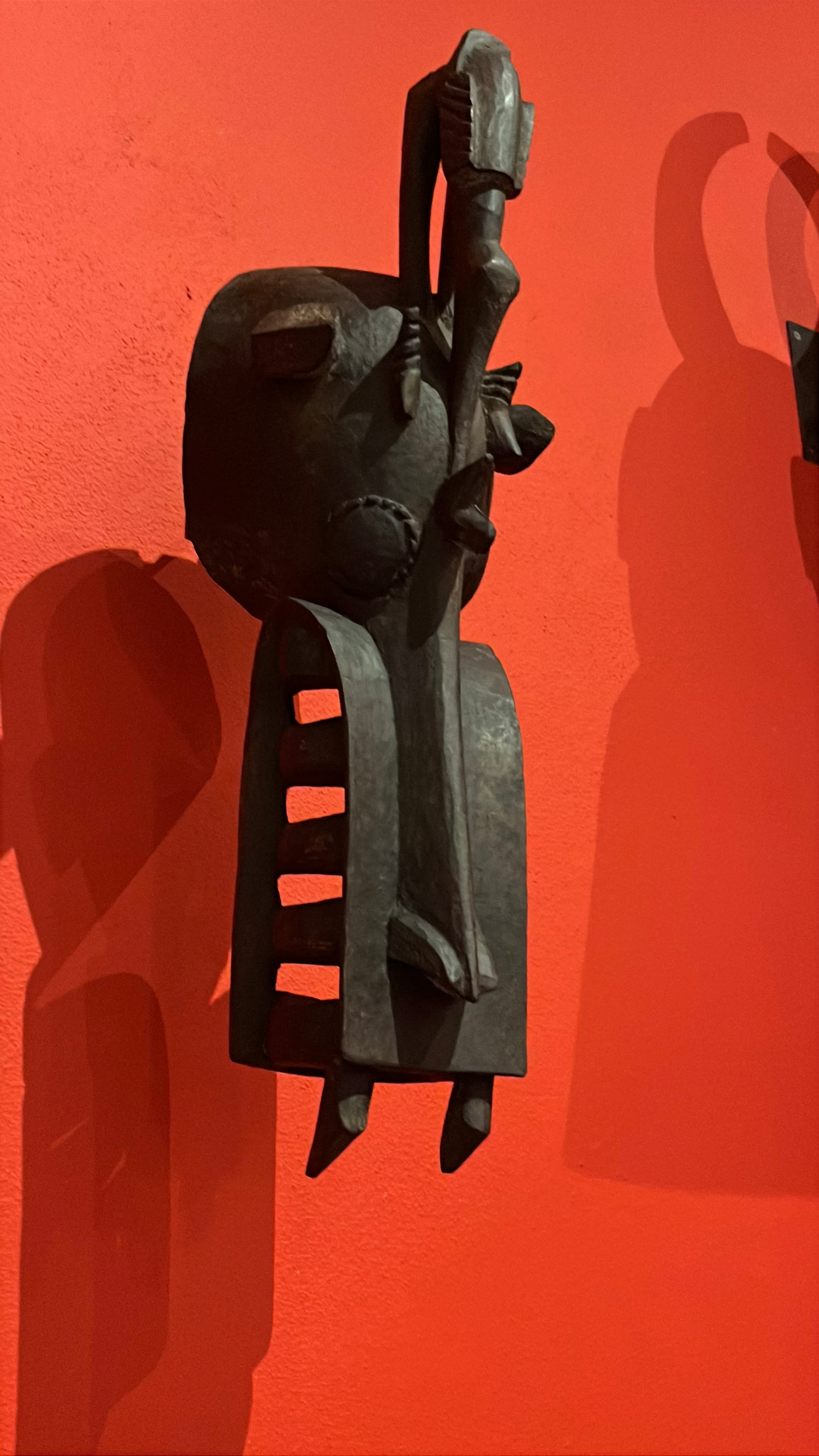
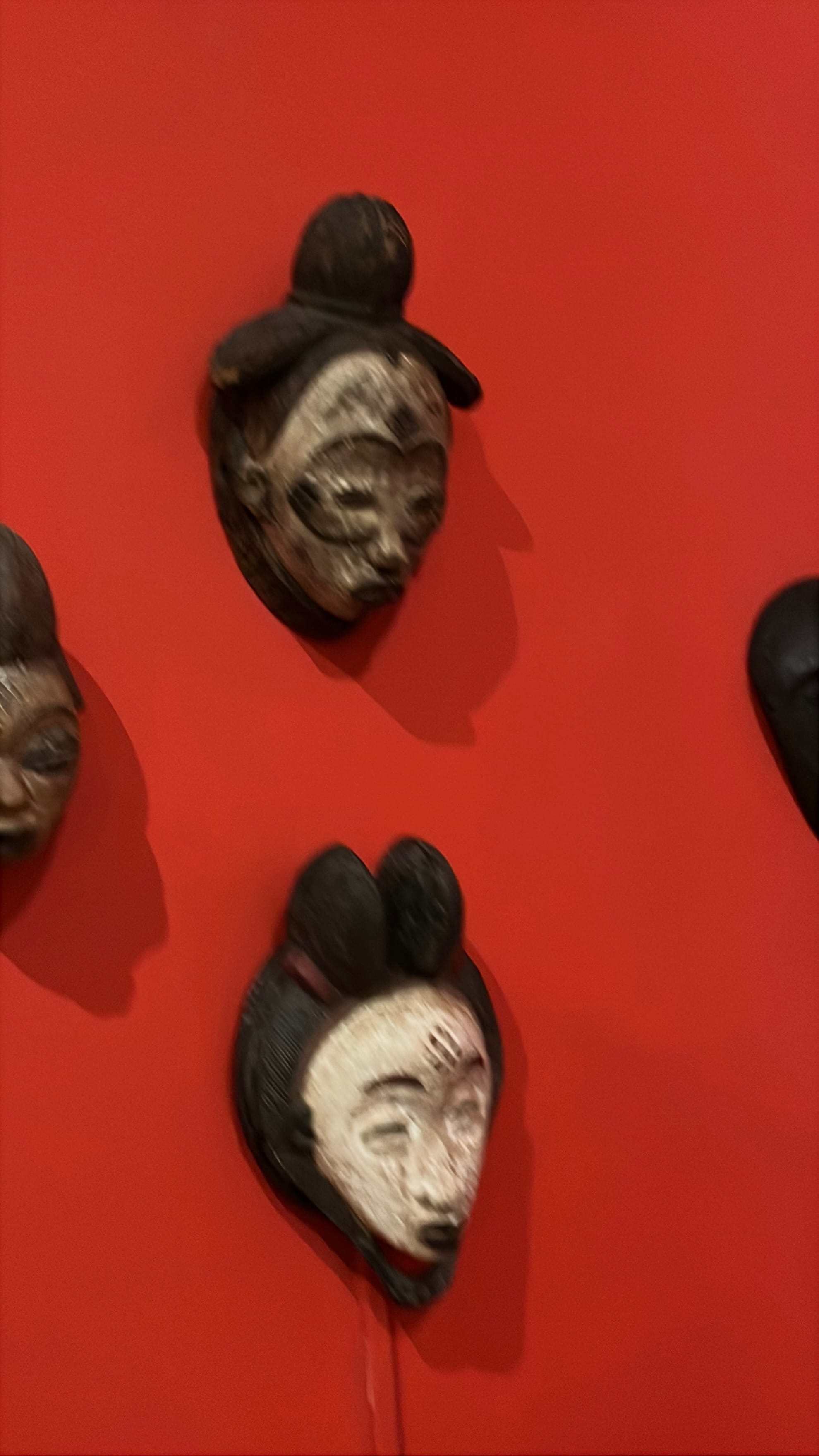
We took photos at a rapid pace, as the tour moved faster than we could take in the art.
Masks are among the most recognizable forms of African art, and here the Bamana masks of Mali stand out with their elongated snouts and vertical horns. The Bamana used such masks in initiation ceremonies, where young men were brought into adulthood through ritual dances.
The tall horns symbolized antelopes, linked to myths of agriculture and fertility. For a farming society, the antelope was both a model of grace and a metaphor for cultivation — scratching the soil the way the antelope’s hooves dig the ground. In Portugal, mounted against a red wall, the context is missing, but the beauty remains.
3. Fang Ngil Masks, Gabon
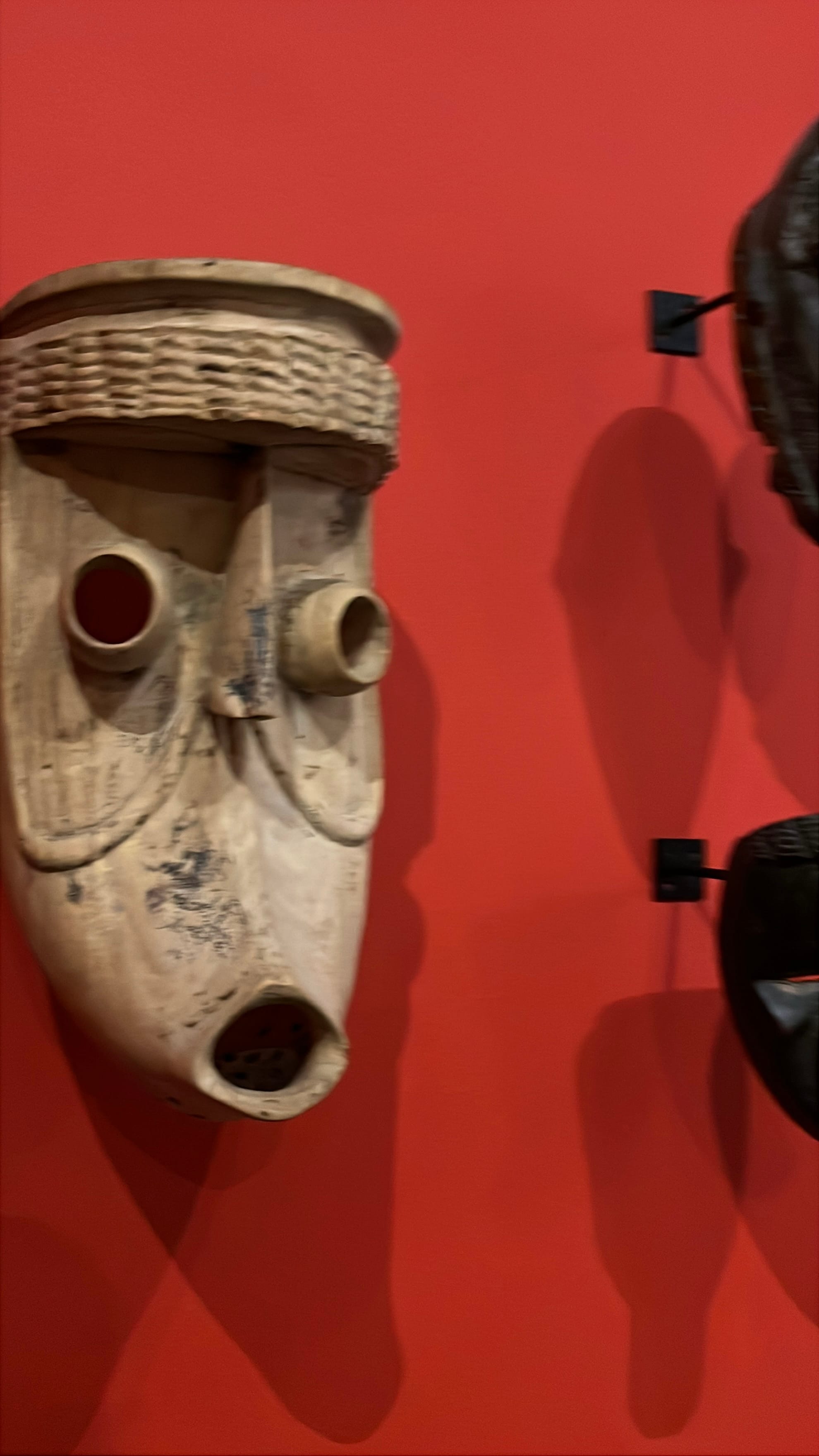
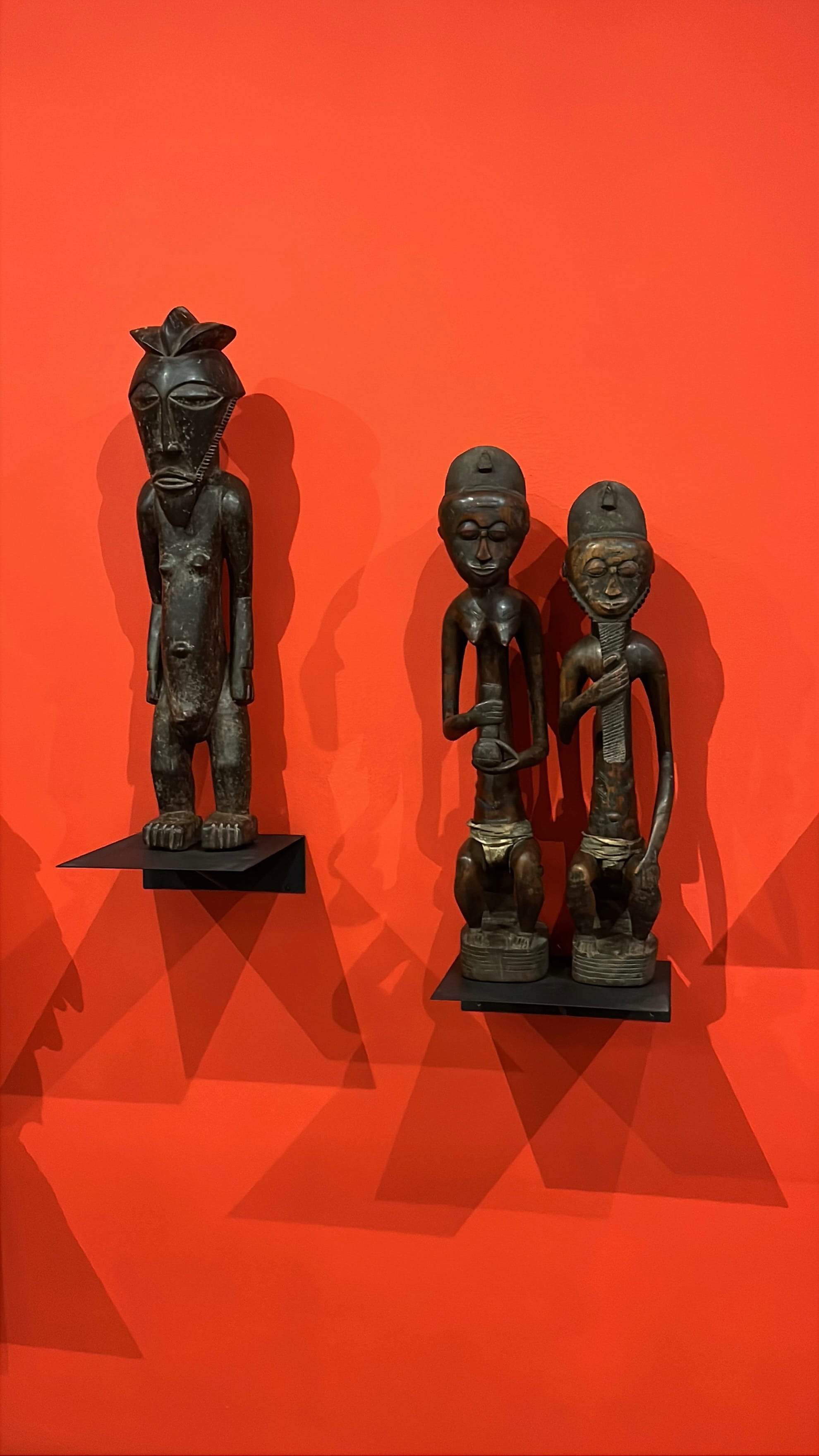
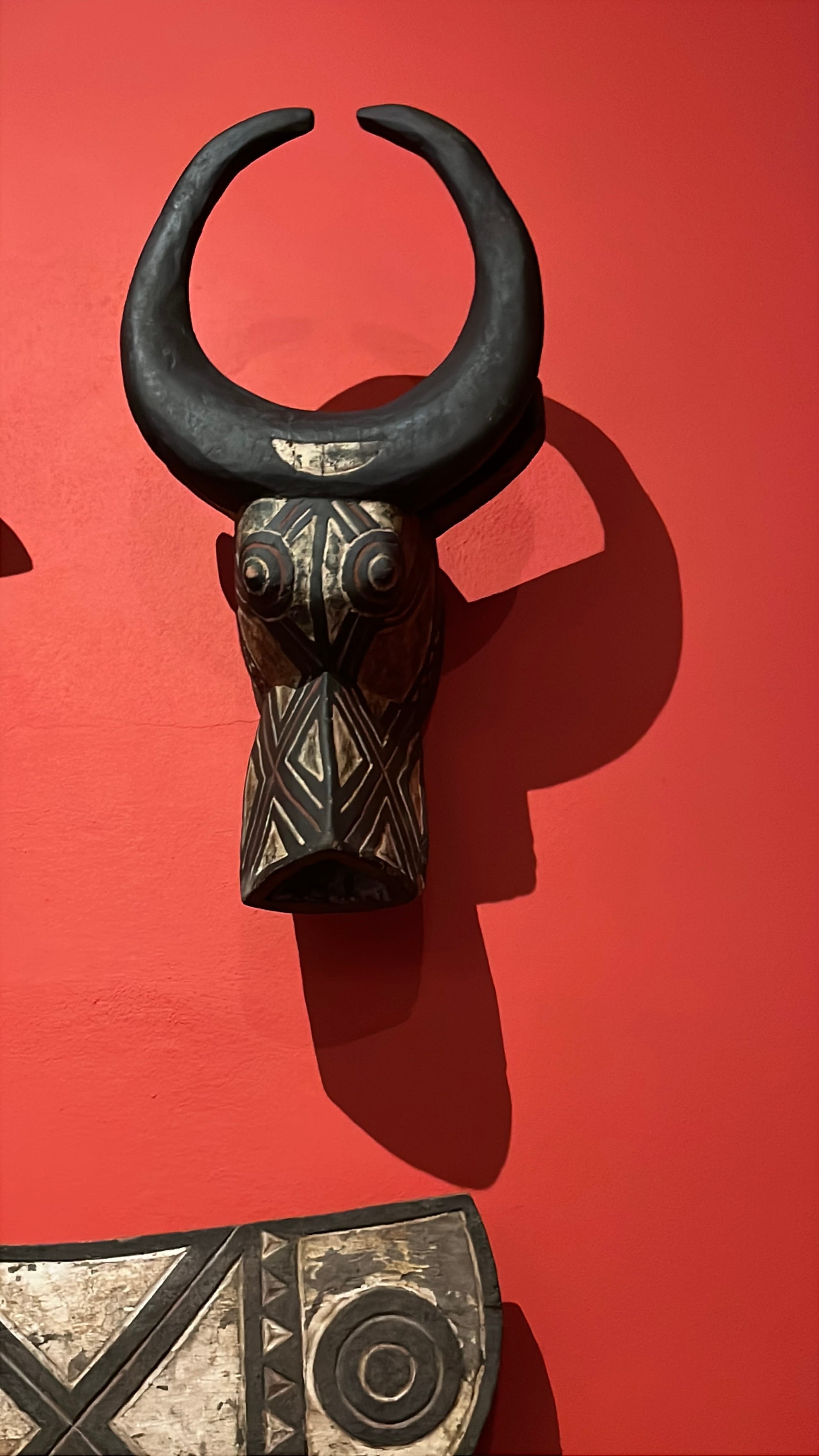
White-painted masks with serene faces, high foreheads, and delicate features — these are Fang masks from Gabon. They belonged to the secret Ngil society, a male fraternity that acted almost like both police and spiritual judges.
When they were worn, the white kaolin pigment represented purity and contact with the ancestors. To stand in front of these masks in the cellar is to imagine the eerie sight of them in the Gabonese night — glowing white under firelight, carried by men whose task was to enforce moral order.
Here, they sit still, but their power hasn’t faded.
4. Kongo Nkisi Nkondi Power Figures, DRC
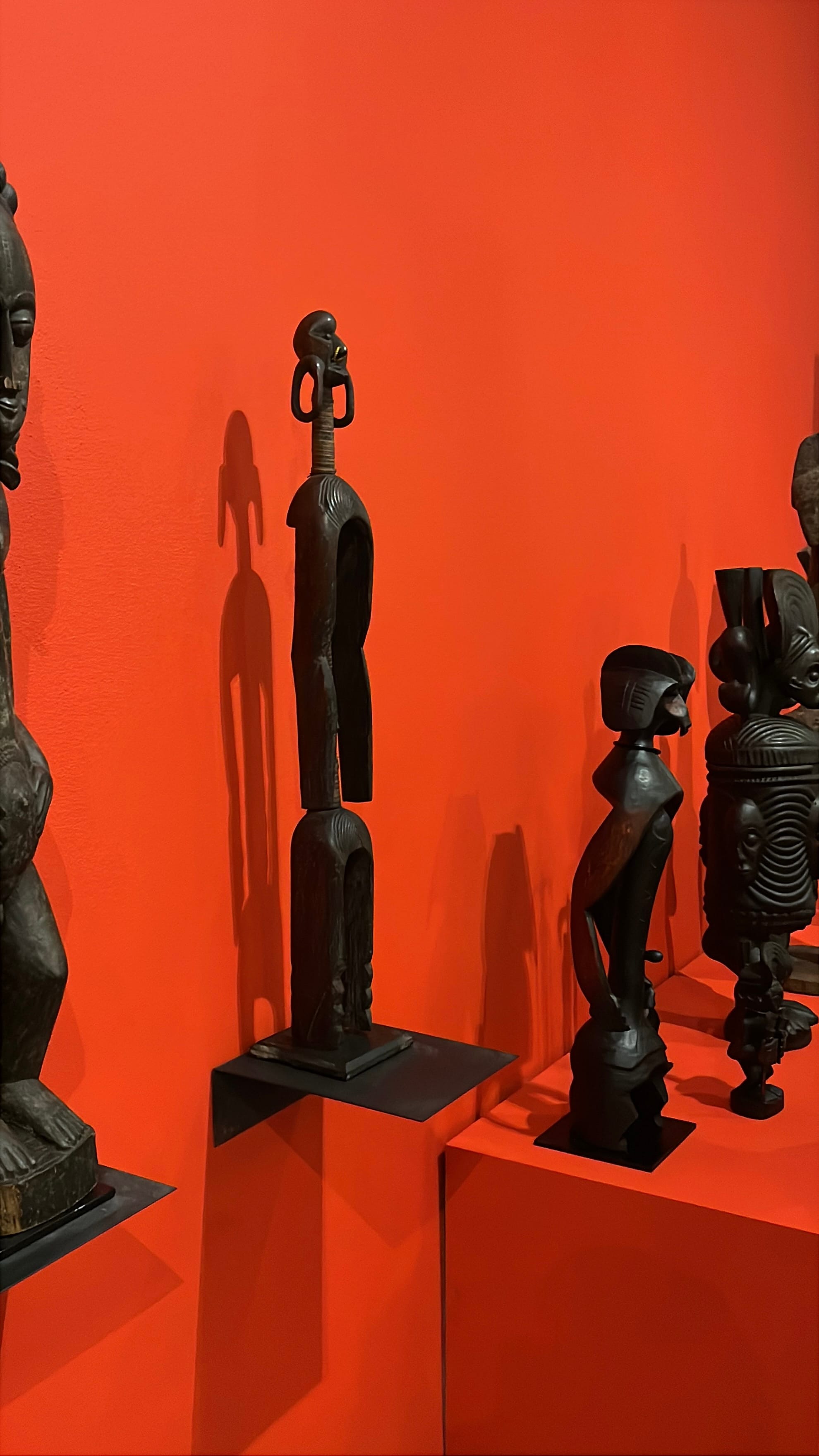
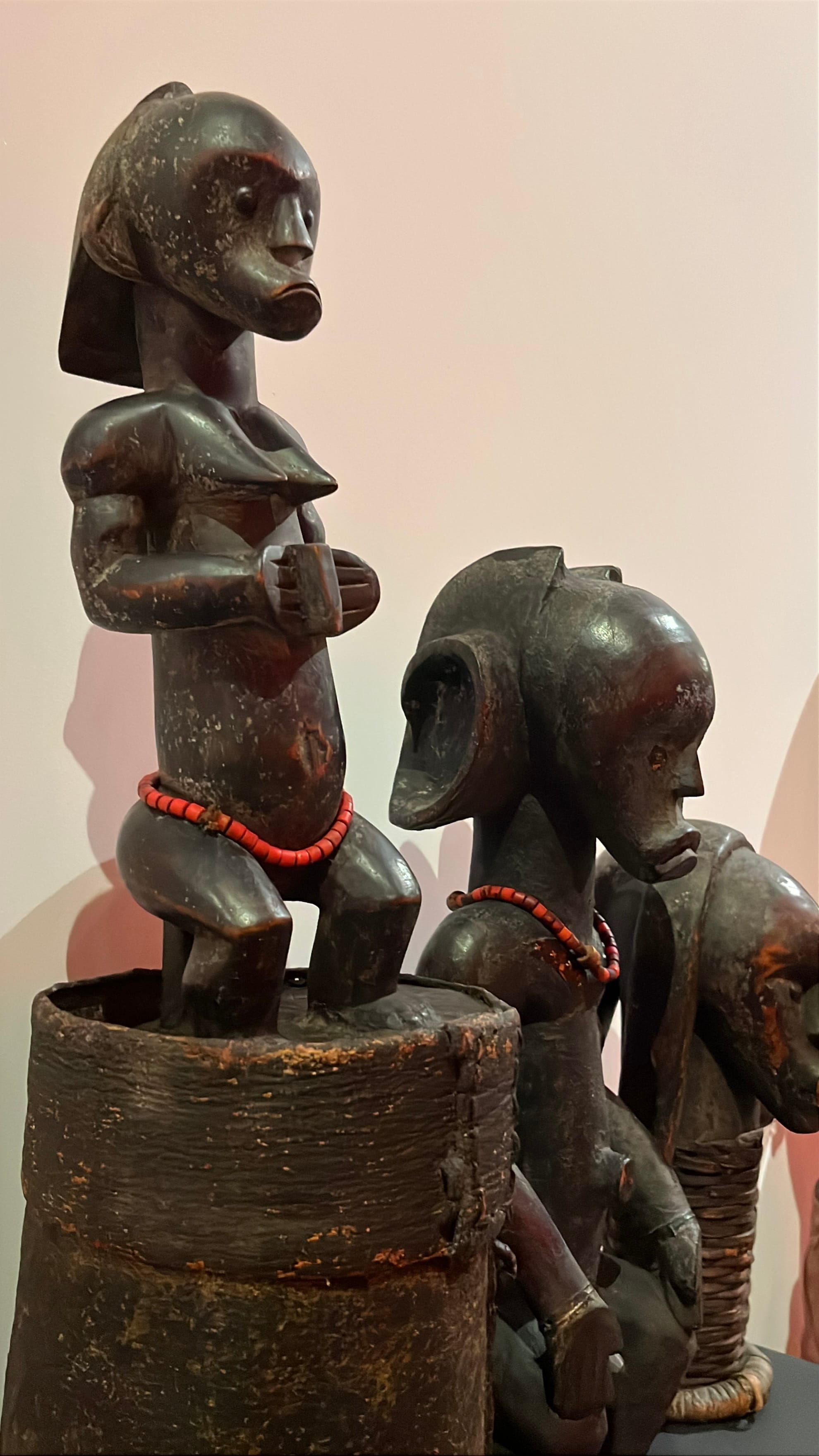
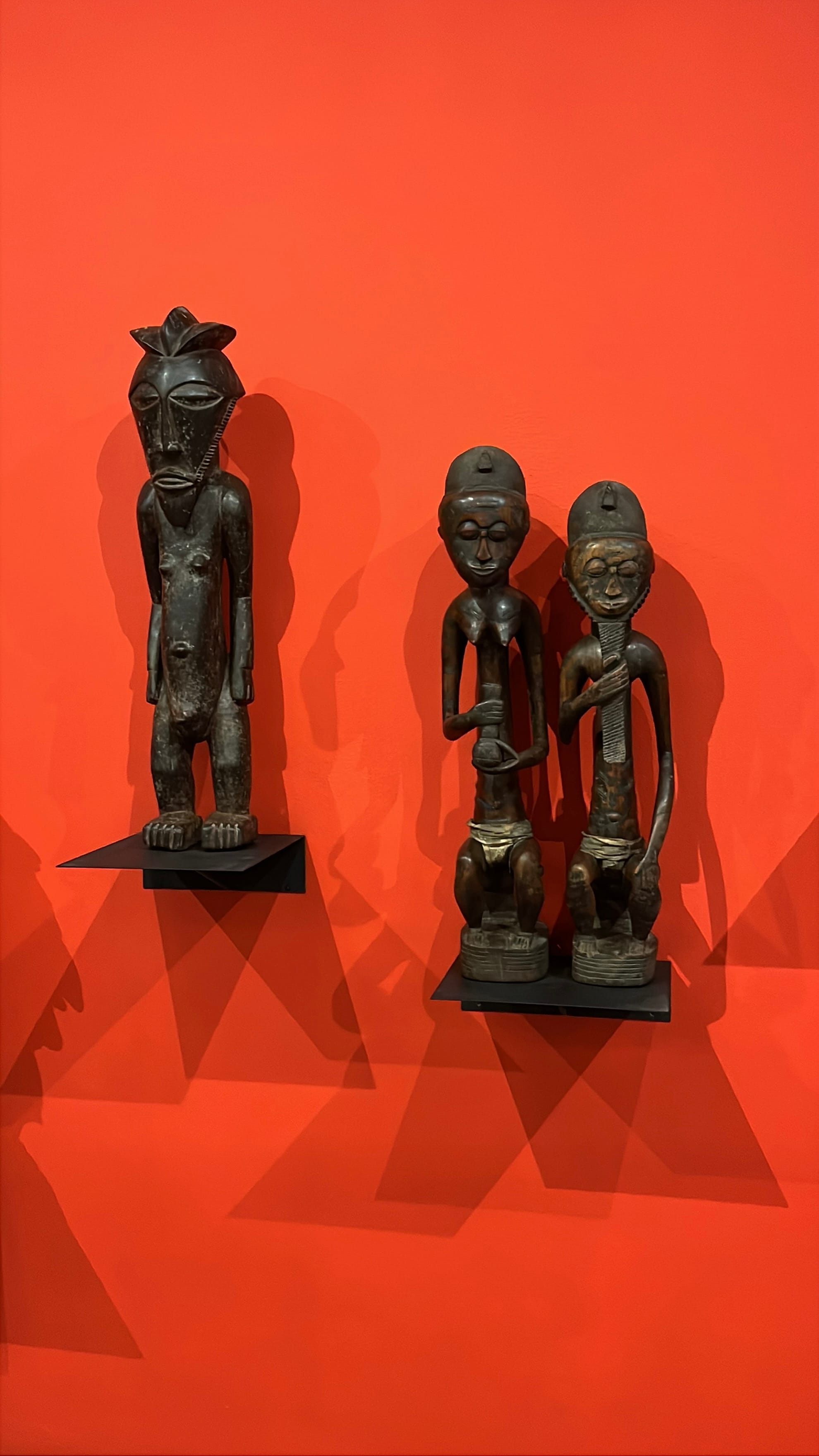
One of the most striking displays is a row of Nkisi Nkondi — power figures from the Kongo peoples of the Democratic Republic of Congo. They are statues, often male, with hollow cavities in their chest or belly once filled with medicinal substances, and sometimes covered in nails driven by petitioners.
The figures were not art in the decorative sense. They were spiritual contracts, binding forces that could heal, protect, or punish. A villager might drive a nail into the figure while swearing an oath, calling on the spirit to witness it.
Seeing them in Sangalhos — stripped of their medicines, their nails, their active use — is a bit like seeing a modern-day judge without a courtroom or gavel or the law. Yet, their presence is rich and solemn, and you can still feel the aura of authority they once carried.
5. Yoruba Beaded Crown, Nigeria
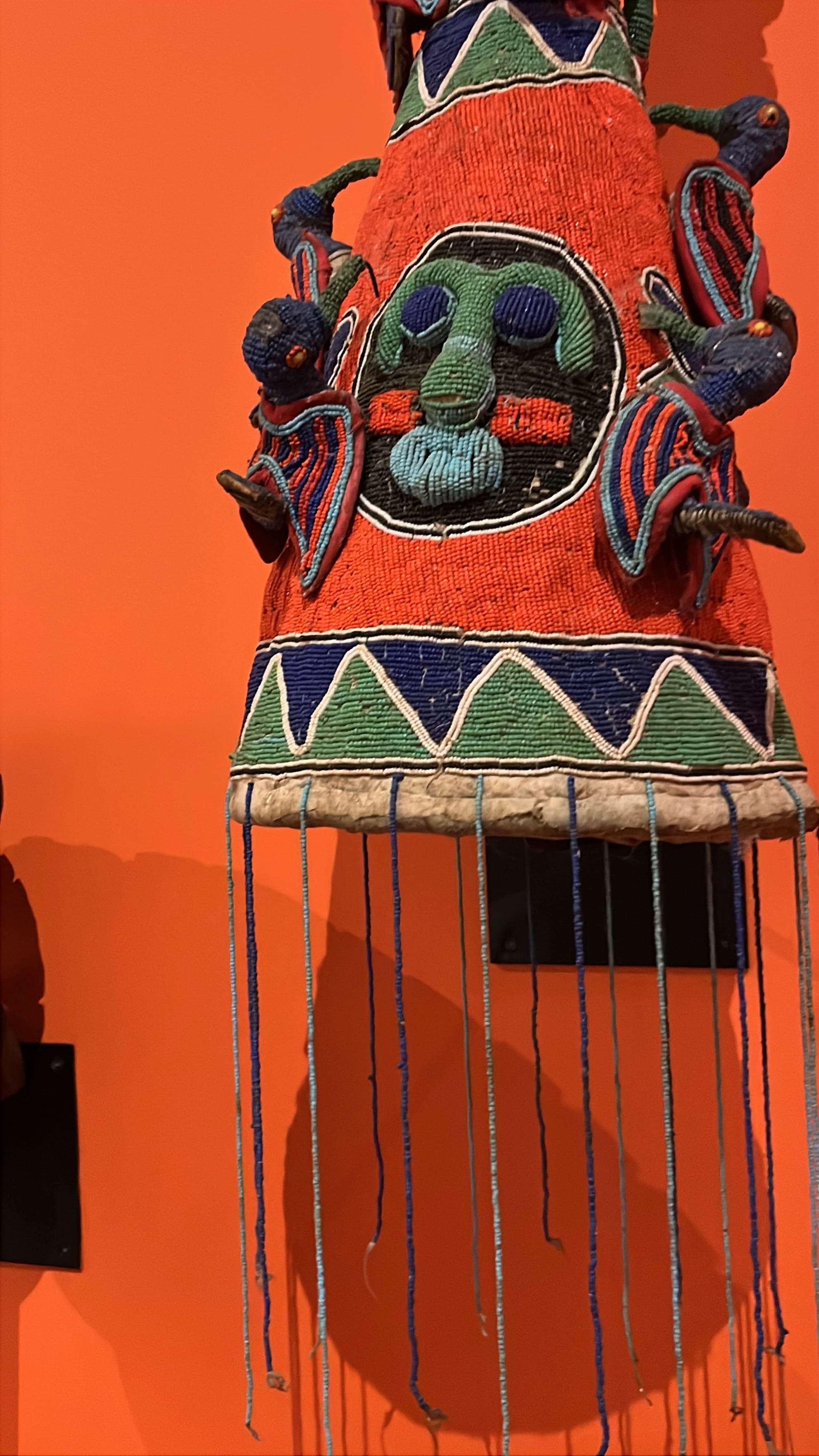
Among the most colorful objects in the African section is a Yoruba royal crown from Nigeria, covered in intricate beadwork with birds perched on its sides. Yoruba crowns are sacred regalia, worn only by kings (Obas).
The birds symbolize mystical female power, sometimes linked to ancestors or witches, acknowledging that true authority must balance masculine rule with feminine force. The beaded veil would have covered the Oba’s face completely, separating him from the ordinary human world and marking him as divine.
In the museum’s underground halls, this crown seems almost out of place among the more somber terracotta and wooden figures. It sparkles defiantly, reminding us that African kingship was as elaborate and symbolically rich as any European throne.
6. Luba Female Figures, DRC (maybe)
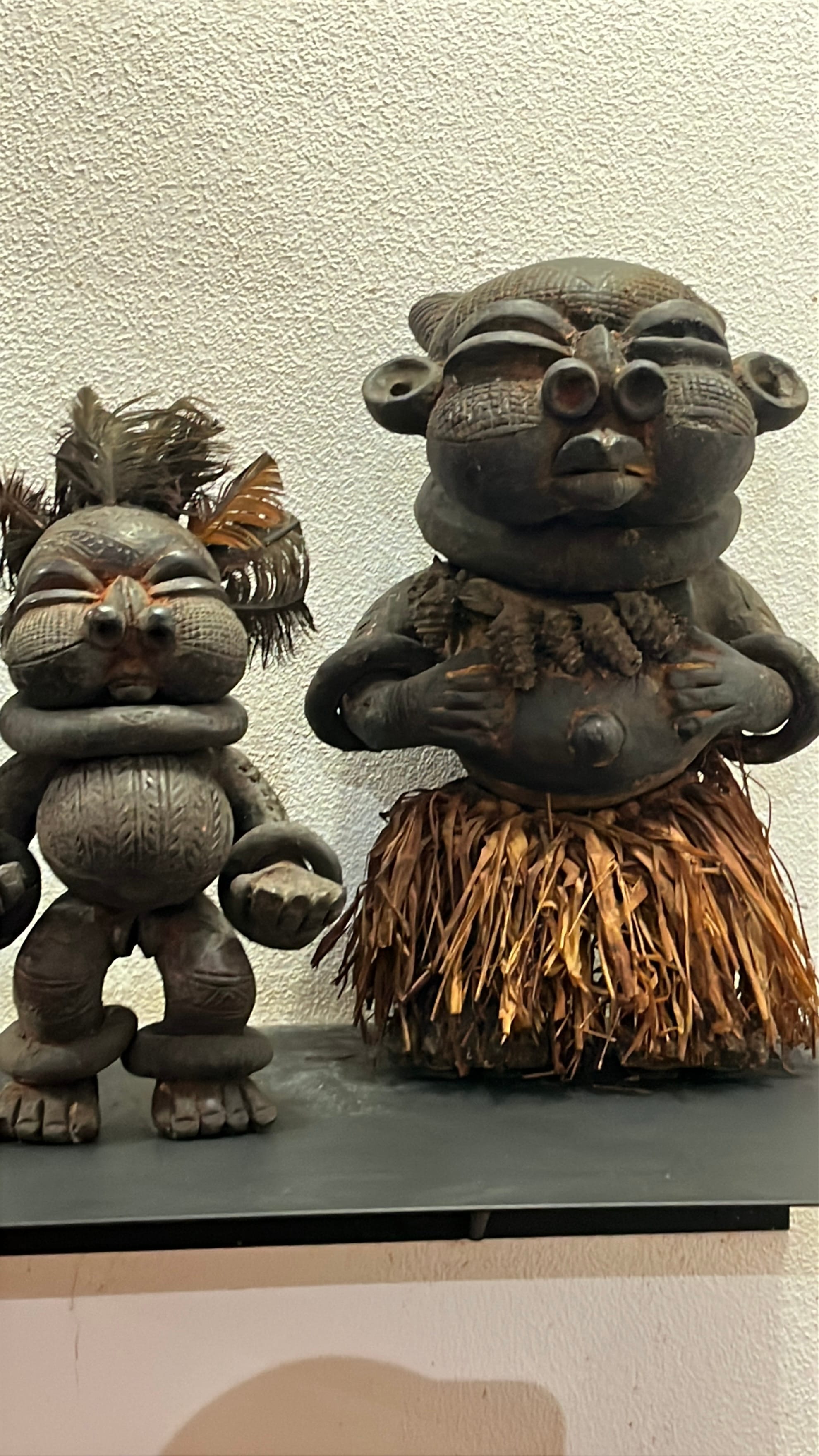
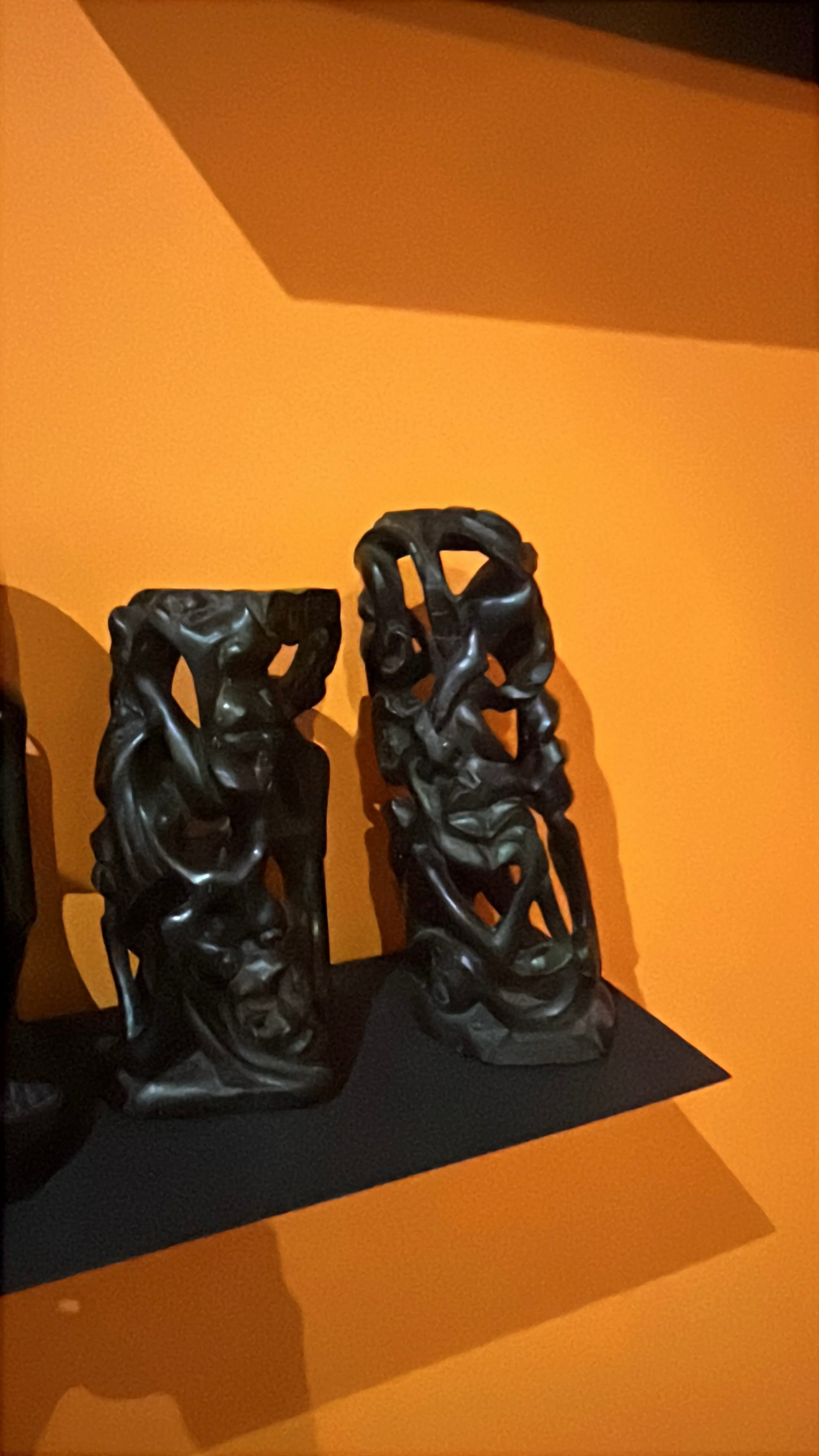
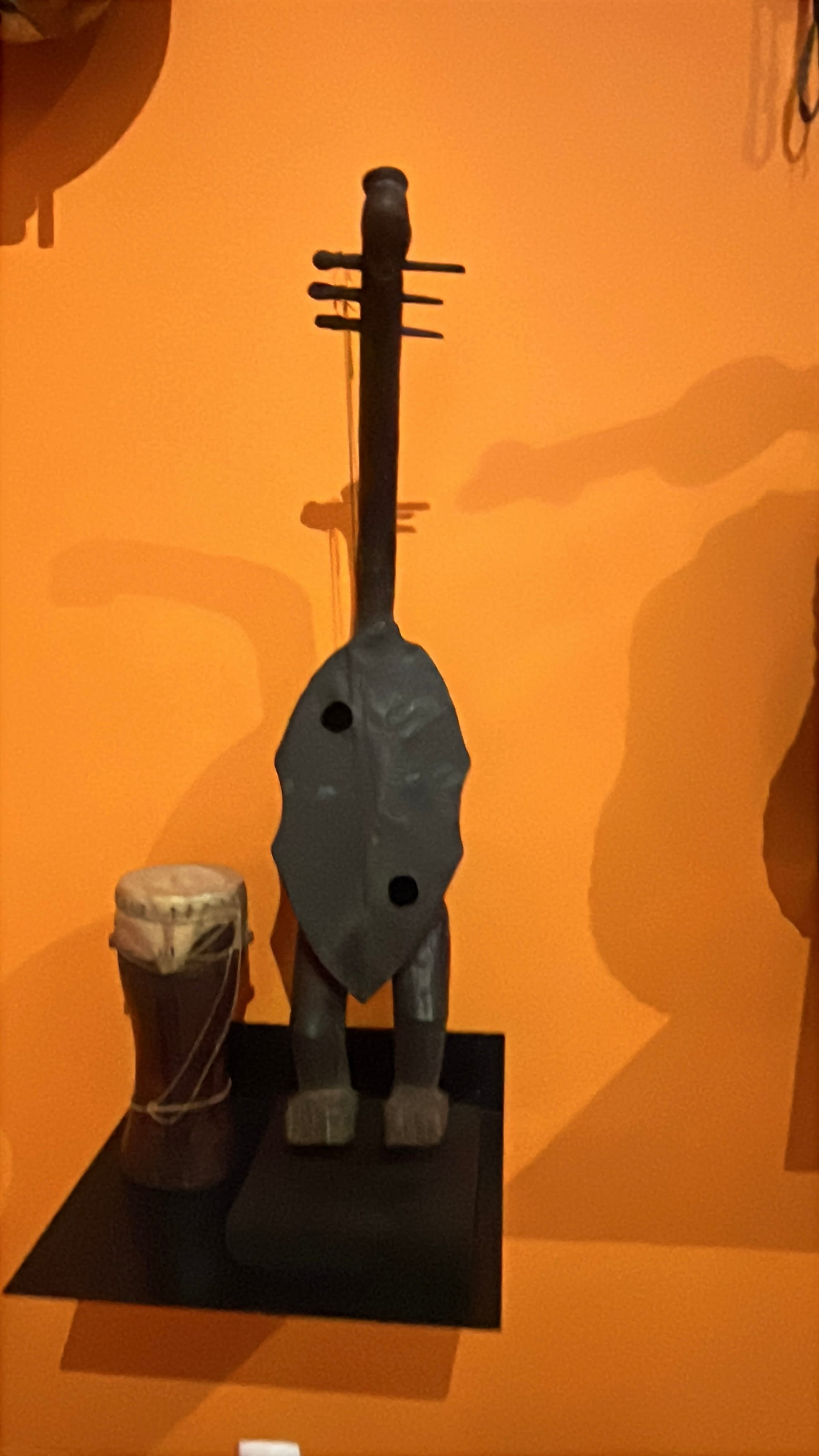
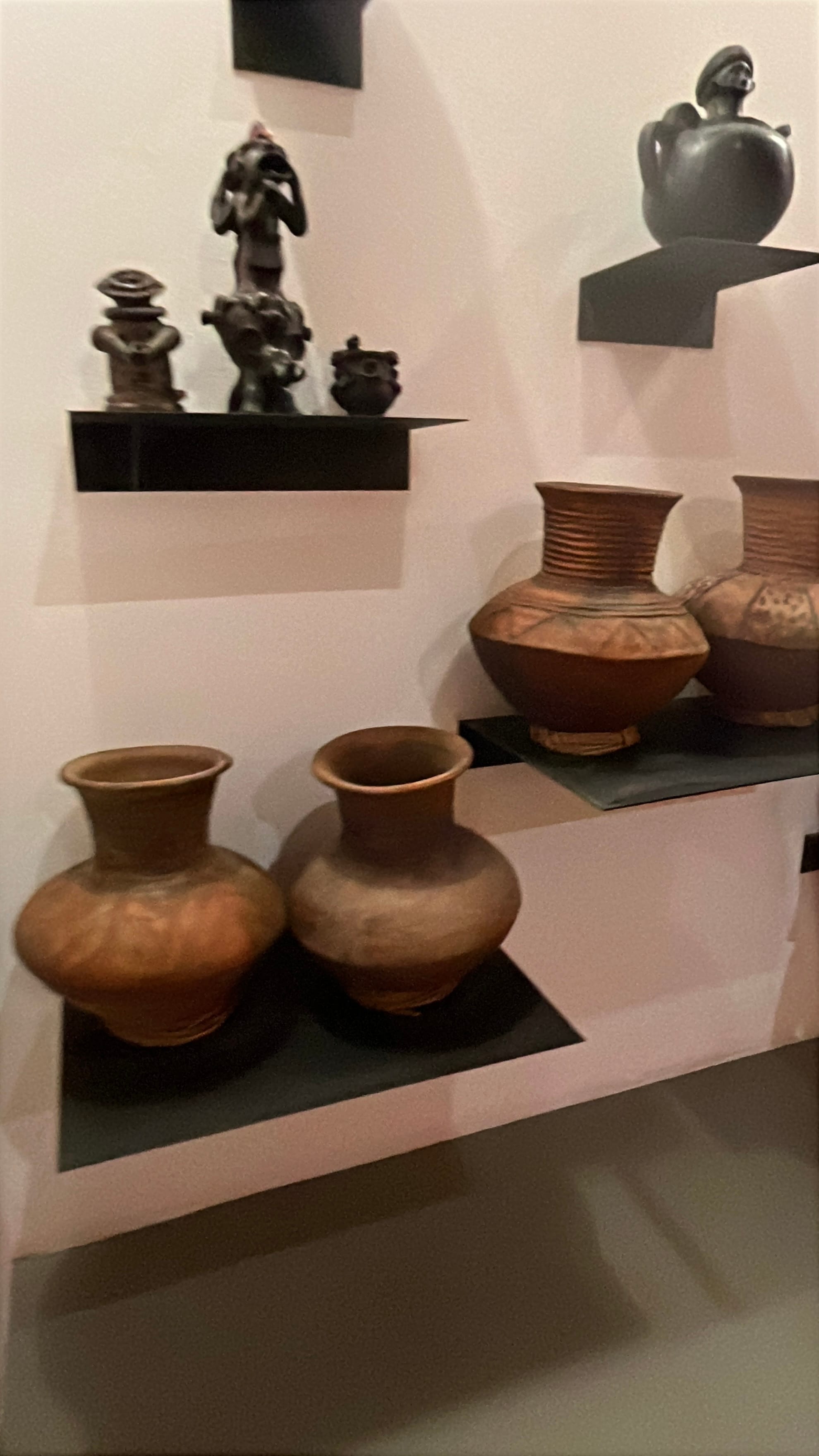
Another recurring motif in the collection is the female figure — often with children clinging to her, or holding a bowl. These are typical of the Luba people of the Congo.
The female form represented continuity, lineage, and the role of women as guardians of spiritual secrets. In Luba society, female spirit mediums often held the highest ritual power. These carved figures were used in divination, healing, and sometimes as prestige objects.
They carry both strength and tenderness — eyes half-closed in introspection, children secured on their backs. For me, these statues are reminders that African societies were never simply “patriarchal” or “matriarchal,” but balanced worlds where authority was often shared.
Walking Away With Questions
Every piece in this cellar — terracotta, ivory, mask, or power figure — deserves an entire book. Yet here they sit with barely a label. Visitors who wander in expecting only wine tours might walk past quickly. But if you stop, if you listen, these works speak volumes about African cosmologies, histories, and spiritual lives.
It’s both a gift and a wound to find them here in Portugal. A gift because you can see them, free of glass cases and crowds. A wound because their original context, their people, and their purposes are absent. They are orphans of the empire, resting in a wine museum.
I could not figure out some of the pieces I just presented, and I did not trust what my AI archaeologist suggested, so I left them here and hope someone with that knowledge will help.

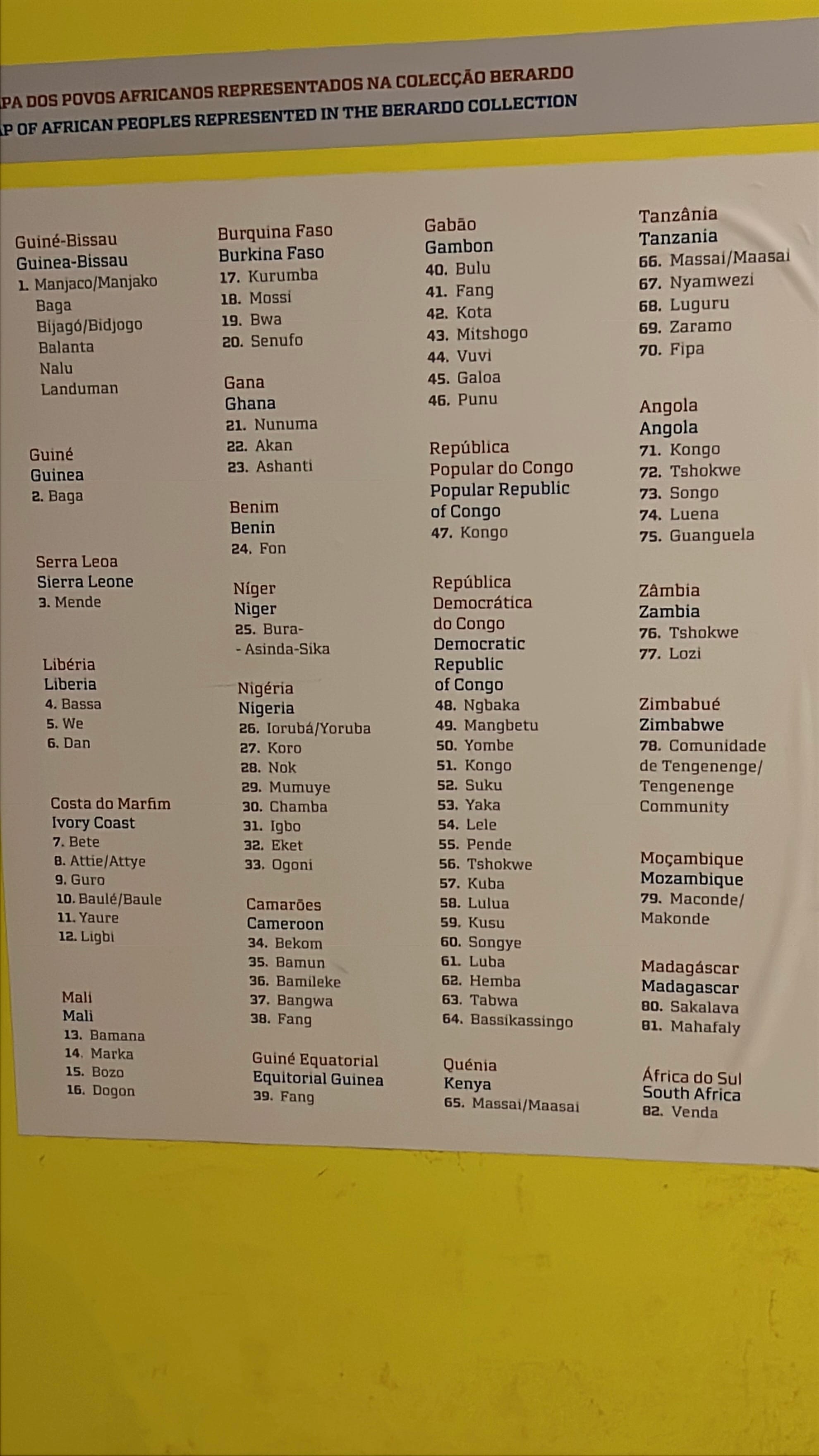

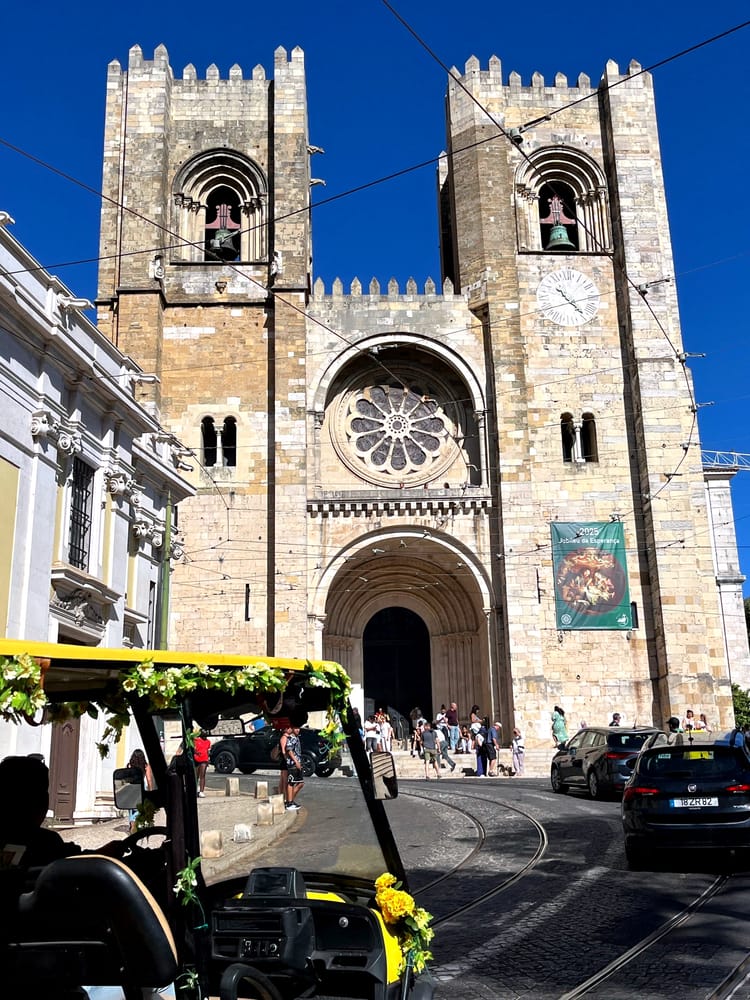

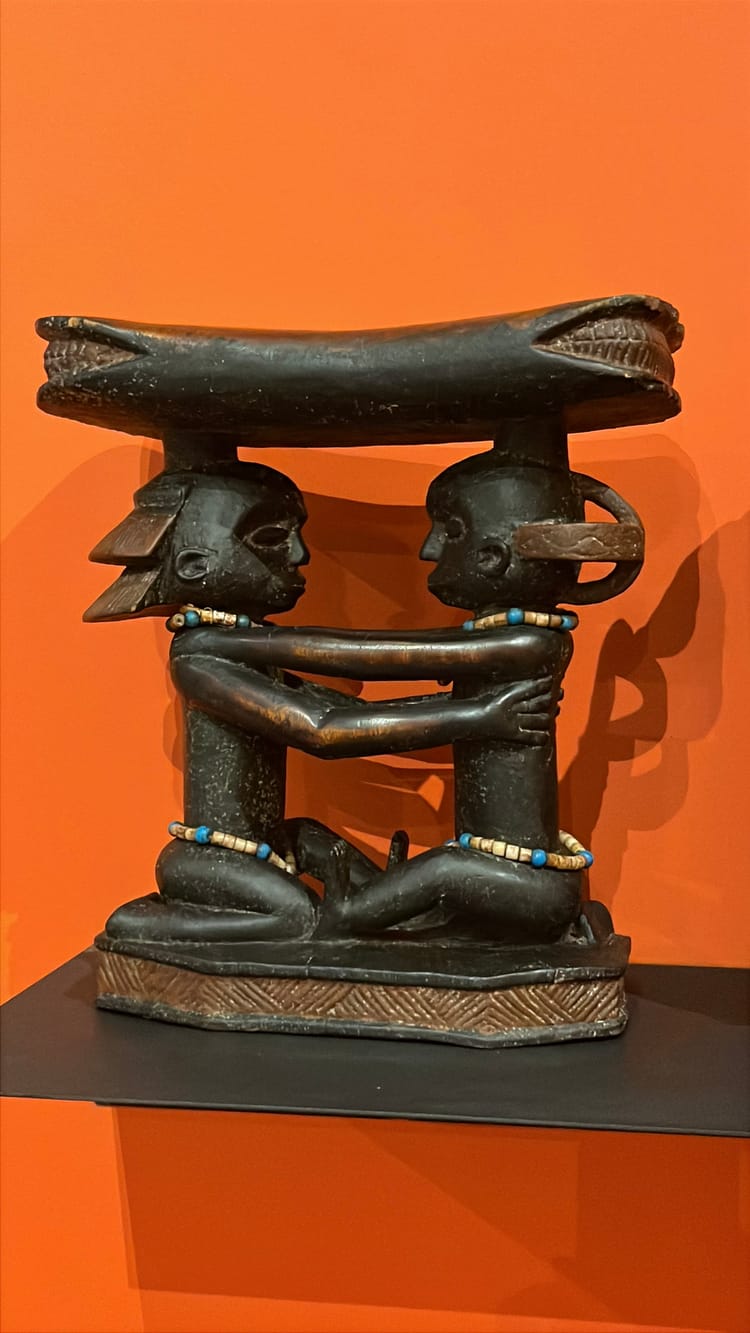
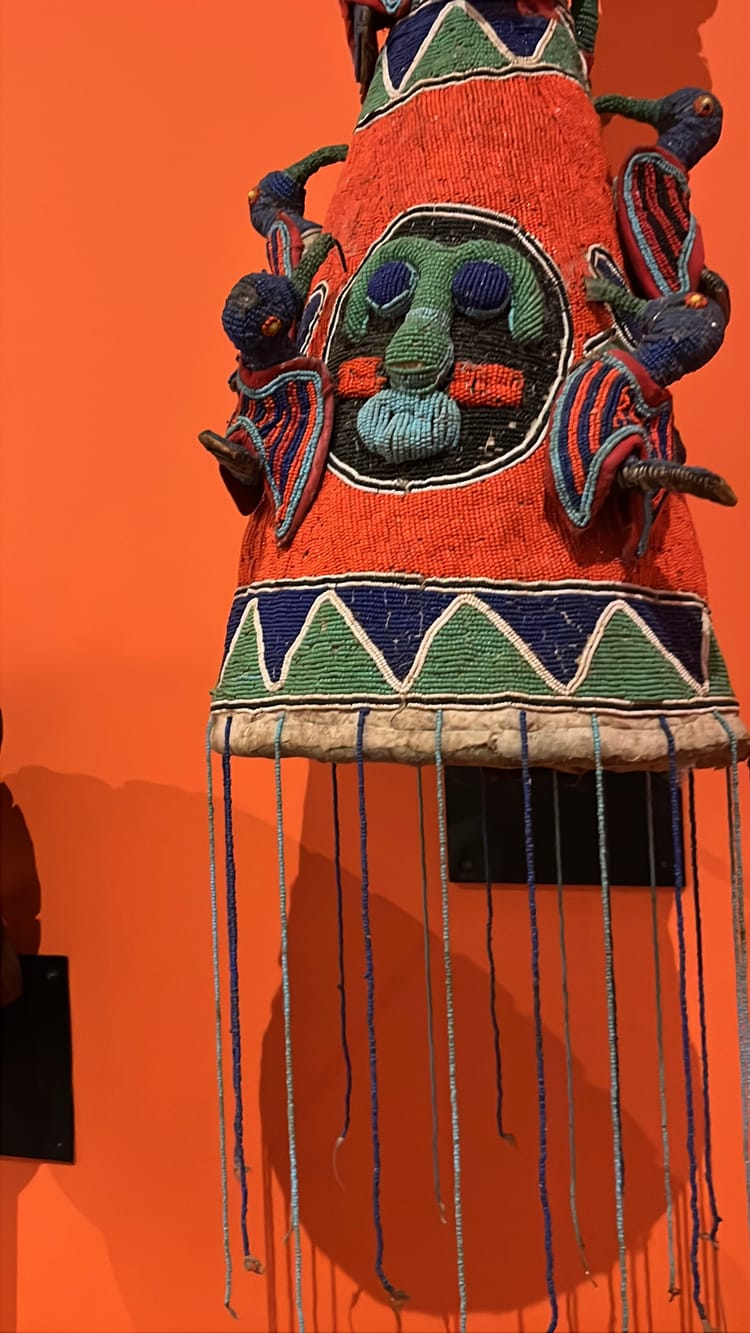
Member discussion